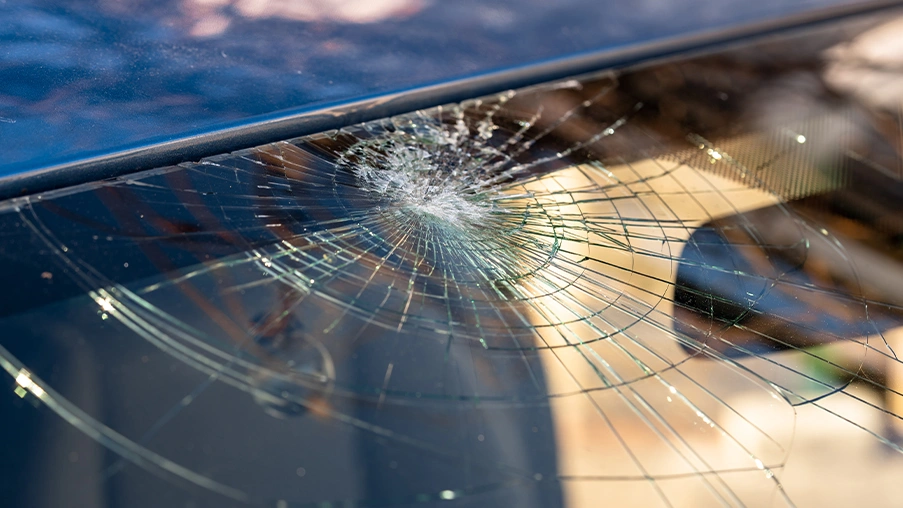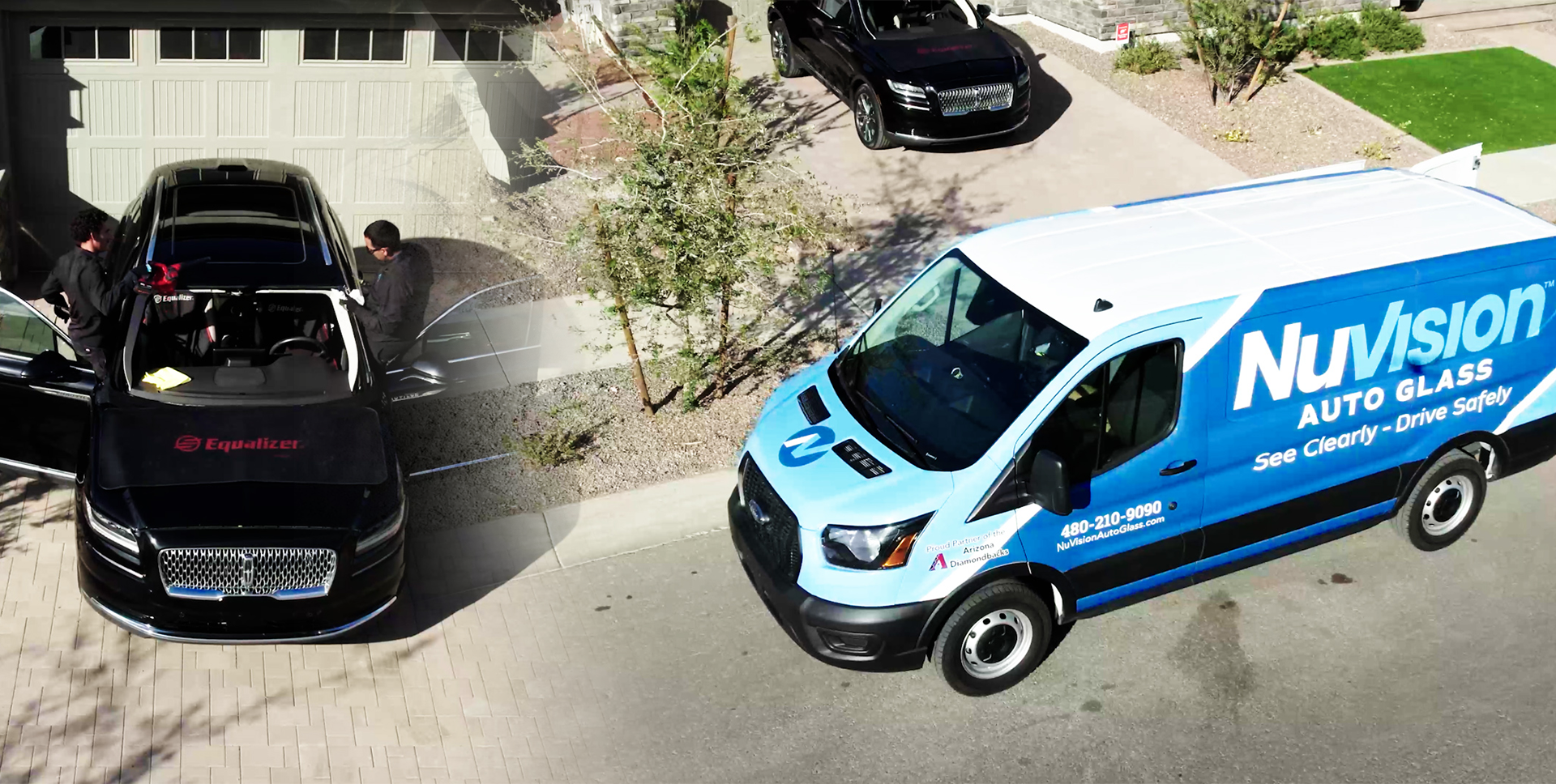What Types of Windshield Damage Can Be Repaired or Require Replacement?

If you’ve spotted a crack or chip on your windshield, you’re not alone. Whether it’s from a stray rock on the highway or the intense summer heat in Arizona or Florida, windshield damage is common. But not all damage means you need a full replacement.
- Windshield repair is often possible and affordable for smaller, superficial cracks.
- Windshield replacement is necessary when safety or visibility is at risk.
Let’s break down which types of windshield damage qualify for repair vs. replacement.
Types of Windshield Damage That Can Be Repaired
Windshield repairs are cost-effective and restore structural integrity if done promptly. Here are the types typically eligible:
1. Small Chips
-
Cause: Debris, pebbles, or hail impact
-
Repairable If: Smaller than a quarter and not near the edge
-
Example: A tiny stone chip from a highway drive
2. Bullseye Cracks
-
Appearance: Circular with a defined impact point
-
Repairable If: Less than 3 inches in diameter and out of the driver’s direct line of sight
3. Star Breaks
-
Appearance: Cracks radiating outward like a star
-
Repairable If: Short in length and confined to one area
4. Short Cracks (Under 6 Inches)
-
Repairable If: Not spreading and doesn’t obstruct vision or ADAS sensors
5. Combination Breaks
-
Definition: A mix of cracks or chips (e.g., star + bullseye)
-
Repairable If: No compromise to windshield structure
Types of Windshield Damage That Require Full Replacement
When damage affects safety, visibility, or the glass’s structural integrity, replacement is your safest option.
1. Long Cracks (Over 6 Inches)
-
Issue: Structural weakness and higher risk of spreading
-
Action: Replace immediately to avoid further hazards
2. Cracks in the Driver’s Line of Sight
-
Example: A crack across your field of vision while driving in South Carolina coastal glare
-
Issue: Even repaired cracks may distort light, impairing visibility
3. Edge Cracks
-
Location: Within 2 inches of the windshield’s perimeter
-
Risk: Weakens the frame, spreads quickly, affects vehicle safety systems
4. Multiple Chips or Cracks
-
Example: Post-storm damage on Florida roads
-
Issue: Too widespread for effective repair; full replacement is more reliable
5. Pitted Windshields
-
Cause: Long-term exposure to sand, dust, and debris
-
Result: Glare, poor visibility, and rapid deterioration
How to Prevent Windshield Damage
Stay ahead of costly repairs with these expert tips:
-
Avoid Rapid Temperature Changes
Don’t pour hot water on icy glass, it may cause cracks. -
Repair Small Chips Early
A quick fix today can prevent a full replacement tomorrow. -
Apply Glass Protectant
Repels dirt and debris, reduces scratching. -
Get Routine Inspections
Especially before road trips or seasonal changes.
Why Trust NuVision Auto Glass?
NuVision Auto Glass is a trusted provider of expert windshield repair and replacement services across Arizona, Florida, South Carolina, and Colorado. We help drivers:
-
Get fast mobile service at home or work
-
File insurance claims with ease
-
Restore visibility and safety on the road
Need a quote? Contact NuVision Auto Glass for same-day service and free assessments.
Key Takeaway
Understanding the difference between repairable and non-repairable windshield damage helps you make informed decisions saving time, money, and stress. Don’t wait for a small issue to become a major risk.
Frequently Asked Questions
Can a long crack be repaired if it’s not in the driver’s view?
If the crack exceeds 6 inches, replacement is typically required regardless of location due to structural concerns.
Is it legal to drive with a cracked windshield?
In many states (like Florida), it’s illegal to drive with damage that impairs visibility and may void your insurance coverage if ignored.
How fast can a small chip turn into a large crack?
Changes in temperature or road stress can cause cracks to expand within hours or days. Always get minor chips repaired ASAP.
Will my ADAS system still work after a windshield repair?
Repairs won’t affect ADAS. But replacements near sensor zones require professional recalibration, which NuVision provides.
How do I know if I need recalibration?
If your car has lane assist, collision warning, or adaptive cruise control, a windshield replacement will usually require ADAS recalibration.

